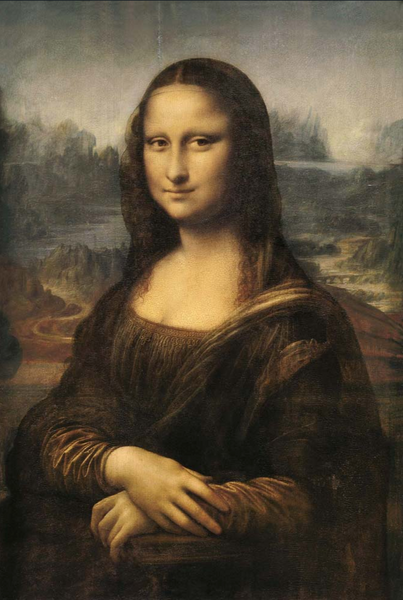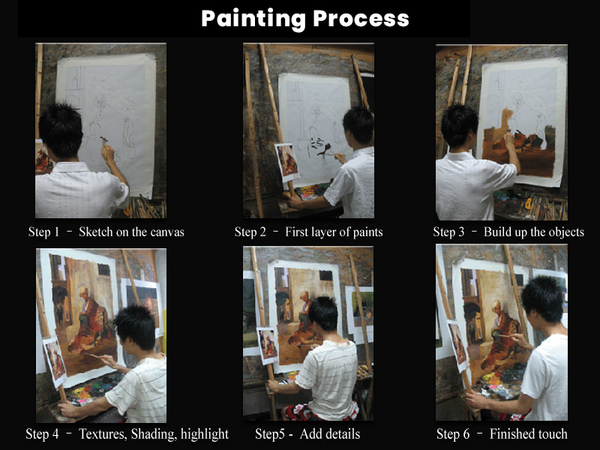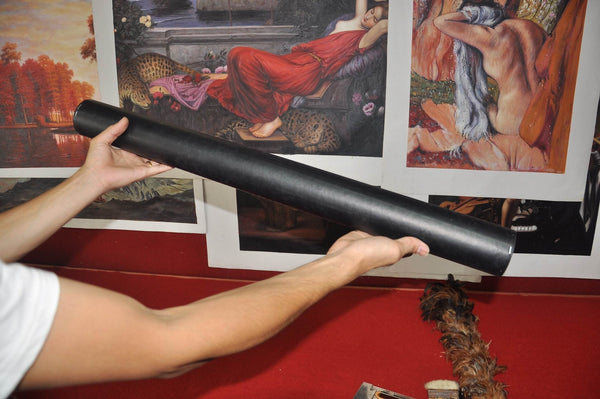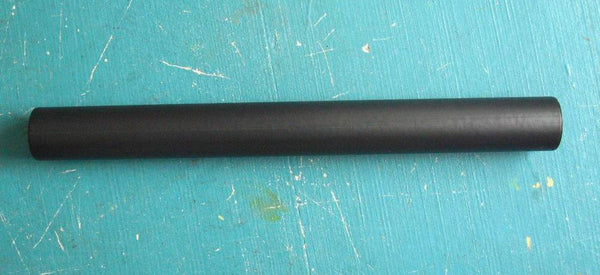Mona Lisa | Oil Painting Replica on Canvas | Leonardo da Vinci | 1503 - 1519 | Small 24" X 20"
*Your order will be shipped only Oil Painting on Canvas rolled in a safe round Mail Tube. Please be noted it is not coming with frame.
** Item will be delivered to the shipping address in 3 weeks since hand-painted ordered item needs to be completed for 2 weeks. Please be advised this turnaround schedule!!
How you get the Hand-Drawn Painting
-From order to deliver
✔️ Order Placed
✔️ Reproduction Artist drawing and Finishing
✔️ Clean-Up the painting
✔️ Cover the painting with Safe Film
✔️ Roll the painting with the safe file
✔️Pack the roll of the painting into the Mailing Tube
✔️Shipping
Your order is hand-painted on canvas artwork , not a printed. it is wrapped in a film to prevent damage to the painting and placed in a round mail tube. We ship this tube to you. So, you will receive a hand-painted painting in the canvas that is unlikely to be damaged. Of course, the work of art will be nearly identical to the original masterpiece.
Once you receive the paintings, you go to a nearby picture frame shop, make a picture frame that matches the atmosphere of the interior and hang it on the wall, and you will have a work that can be passed down from generation to generation.
da Vinci's Masterpiece which reproduced with oil painting on high-quality canvas.
An experienced artist has invested more than two weeks of time to recreate this artwork by da Vinci that will adorn your home or office.
Background : The Mona Lisa (/ˌmoʊnə ˈliːsə/; Italian: Monna Lisa [ˈmɔnna ˈliːza] or La Gioconda [la dʒoˈkonda], French: La Joconde [la ʒɔkɔ̃d]) is a half-length portrait painting by the Italian Renaissance artist Leonardo da Vinci that has been described as "the best known, the most visited, the most written about, the most sung about, the most parodied work of art in the world". The Mona Lisa is also one of the most valuable paintings in the world. It holds the Guinness World Record for the highest known insurance valuation in history at $100 million in 1962, which is worth nearly $800 million in 2017.
The painting is thought to be a portrait of Lisa Gherardini, the wife of Francesco del Giocondo, and is in oil on a white Lombardy poplar panel. It had been believed to have been painted between 1503 and 1506; however, Leonardo may have continued working on it as late as 1517. Recent academic work suggests that it would not have been started before 1513. It was acquired by King Francis I of France and is now the property of the French Republic, on permanent display at the Louvre Museum in Paris since 1797.
The subject's expression, which is frequently described as enigmatic, the monumentality of the composition, the subtle modelling of forms, and the atmospheric illusionism were novel qualities that have contributed to the continuing fascination and study of the work.
The title of the painting, which is known in English as Mona Lisa, comes from a description by Renaissance art historian Giorgio Vasari, who wrote "Leonardo undertook to paint, for Francesco del Giocondo, the portrait of Mona Lisa, his wife." Mona in Italian is a polite form of address originating as "ma donna" – similar to "Ma’am", "Madam", or "my lady" in English. This became "madonna", and its contraction "mona". The title of the painting, though traditionally spelled "Mona" (as used by Vasari), is also commonly spelled in modern Italian as Monna Lisa ("mona" being a vulgarity in some Italian dialects) but this is rare in English.
Vasari's account of the Mona Lisa comes from his biography of Leonardo published in 1550, 31 years after the artist's death. It has long been the best-known source of information on the provenance of the work and identity of the sitter. Leonardo's assistant Salaì, at his death in 1524, owned a portrait which in his personal papers was named la Gioconda, a painting bequeathed to him by Leonardo.
That Leonardo painted such a work, and its date, were confirmed in 2005 when a scholar at Heidelberg University discovered a marginal note in a 1477 printing of a volume written by the ancient Roman philosopher Cicero. Dated October 1503, the note was written by Leonardo's contemporary Agostino Vespucci. This note likens Leonardo to renowned Greek painter Apelles, who is mentioned in the text, and states that Leonardo was at that time working on a painting of Lisa del Giocondo.
In response to the announcement of the discovery of this document, Vincent Delieuvin, the Louvre representative, stated "Leonardo da Vinci was painting, in 1503, the portrait of a Florentine lady by the name of Lisa del Giocondo. About this we are now certain. Unfortunately, we cannot be absolutely certain that this portrait of Lisa del Giocondo is the painting of the Louvre."
Leonardo da Vinci : (15 April 1452 – 2 May 1519) was an Italian polymath of the High Renaissance who was active as a painter, draughtsman, engineer, scientist, theorist, sculptor, and architect.[3] While his fame initially rested on his achievements as a painter, he also became known for his notebooks, in which he made drawings and notes on a variety of subjects, including anatomy, astronomy, botany, cartography, painting, and paleontology. Leonardo's genius epitomized the Renaissance humanist ideal,[4] and his collective works compose a contribution to later generations of artists matched only by that of his younger contemporary, Michelangelo.[3][4]
Born out of wedlock to a successful notary and a lower-class woman in, or near, Vinci, he was educated in Florence by the Italian painter and sculptor Andrea del Verrocchio. He began his career in the city, but then spent much time in the service of Ludovico Sforza in Milan. Later, he worked in Florence and Milan again, as well as briefly in Rome, all while attracting a large following of imitators and students. Upon the invitation of Francis I, he spent his last three years in France, where he died in 1519. Since his death, there has not been a time where his achievements, diverse interests, personal life, and empirical thinking have failed to incite interest and admiration,[3][4] making him a frequent namesake and subject in culture.
Leonardo is among the greatest painters in the history of art and is often credited as the founder of the High Renaissance.[3] Despite having many lost works and less than 25 attributed major works—including numerous unfinished works—he created some of the most influential paintings in Western art.[3] His magnum opus, the Mona Lisa, is his best known work and often regarded as the world's most famous painting. The Last Supper is the most reproduced religious painting of all time and his Vitruvian Man drawing is also regarded as a cultural icon. In 2017, Salvator Mundi, attributed in whole or part to Leonardo,[5] was sold at auction for US$450.3 million, setting a new record for the most expensive painting ever sold at public auction.
Revered for his technological ingenuity, he conceptualized flying machines, a type of armored fighting vehicle, concentrated solar power, an adding machine,[6] and the double hull. Relatively few of his designs were constructed or even feasible during his lifetime, as the modern scientific approaches to metallurgy and engineering were only in their infancy during the Renaissance. Some of his smaller inventions, however, entered the world of manufacturing unheralded, such as an automated bobbin winder and a machine for testing the tensile strength of wire. He made substantial discoveries in anatomy, civil engineering, hydrodynamics, geology, optics, and tribology, but he did not publish his findings and they had little to no direct influence on subsequent science.
*All drawings drawn from the original paintings are hand-drawn by the reproduction artist on canvas. Therefore, it cannot be 100% equivalent to the original artwork. If you want a 100% identical picture, it is correct to look for the one printed on the printer, not the one drawn. Please be mindful of this and make sure there are no mistakes in your order.









